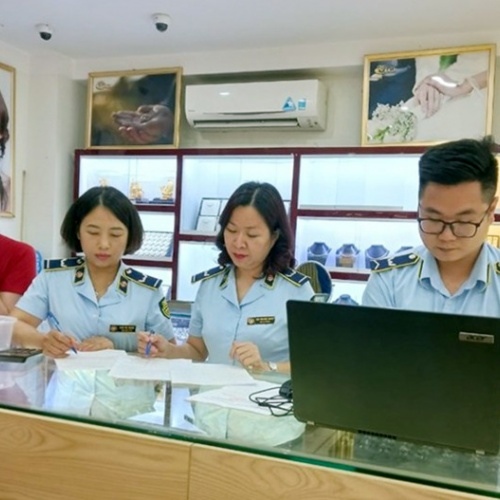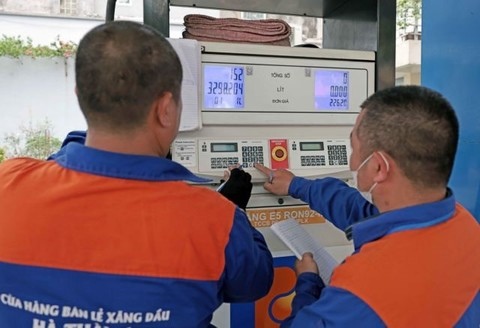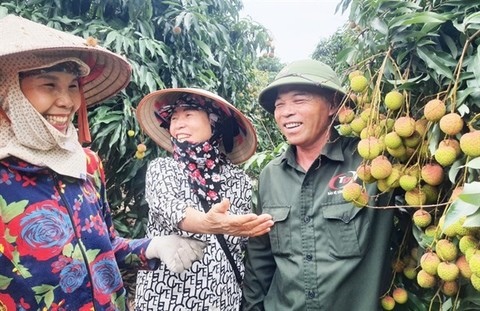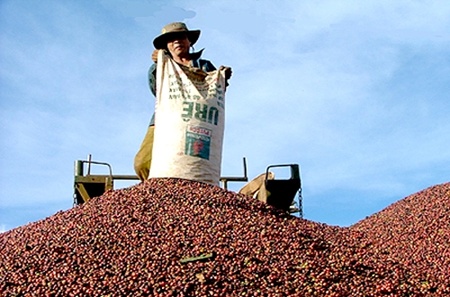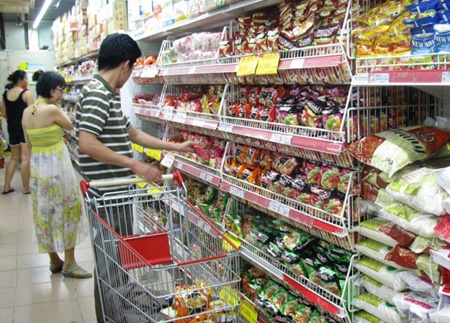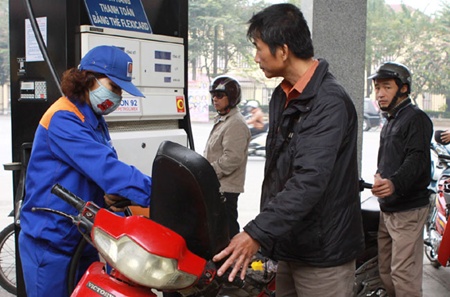Transfer pricing makes cars more expensive in Vietnam
Transfer pricing makes cars more expensive in Vietnam
The automobile and car part manufacturing has the transfer pricing rate of 51 percent, the third highest to finance & insurance and textile & garment.
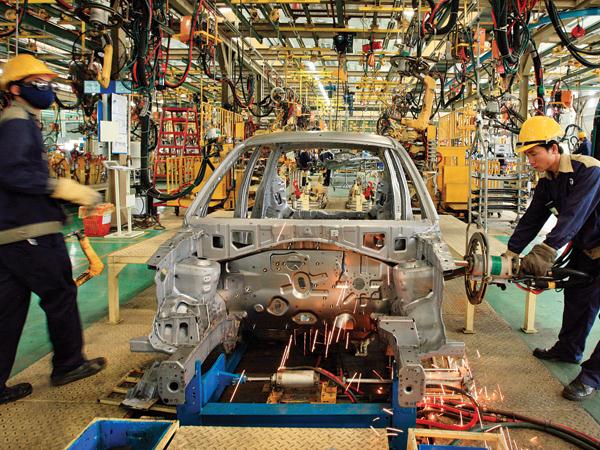
The conclusion has been made by the Vietnam Chamber of Commerce and Industry (VCCI) and the USAID in their recent survey, conducted with a special method on 91 foreign invested automobile manufacturers in Vietnam.
The car prices in Vietnam are believed to be the highest in the world. A car in Vietnam is 70 percent more expensive than the same model in Europe or the US and 30 percent more expensive than in other regional countries.
Vietnamese can buy only one car with $30,000, while they would be able to buy two cars with the sum of money in Europe or the US.
How the does transfer pricing carry out?
Experts believe that foreign invested enterprises begin conducting the transfer pricing as soon as they make investments in Vietnam.
In most of the cases, the foreign partners, the well known automobile manufacturers in the world, contributed capital to the joint venture in technologies, production lines and equipments.
The prices of the production lines and equipments declared by the foreign partners were always higher than the real values. However, the Vietnamese partners, which was incapable enough to valuate the modern technologies, could not prove the frauds.
The frauds committed by the foreign partners allowed them to increase their contributed capital in the joint ventures and helped them obtain the right for the business management.
The power allows them to remit money back to the holding companies right at the investment moments and later, through the annual depreciation.
Meanwhile, scientists have noted that most of the automobile manufacturers only brought the out-of-date production or assembling lines to Vietnam.
Declaring the wrong prices for the production lines and equipment was not the only trick played by the foreign manufacturers. They also conducted the transfer pricing through the technology transfer, royalties and especially through the import car parts.
As the manufacturers declared the prices of car part imports higher than the real values, they could easily make up the higher production costs and lower profits than the real costs and profits.
The declared low profits could help the manufacturers reduce the tax sums they had to pay to the state. Meanwhile, their holding companies could make fat profits from the car part sale.
A source said that the customs agencies have found the sets of import car parts having the declared import prices equal to the prices of CBU (complete built units) imports.
Changeable policies to be blamed?
The director of an automobile corporation said that a set of wheel rims used for C-class models could be bought from a Japanese enterprise in Vietnam at VND800,000, while manufacturers can charge their customers at VND1.2 million to make profit. Meanwhile, foreign invested enterprises charge VND3 million for the same product.
Also according to the director, on average, automobile manufacturers conducted the transfer pricing on 10-15 percent of the cars’ values.
Meanwhile, Edmund Malesky from Duke University, believes that the Vietnam’s changeable policies are the reason behind the transfer pricing.
The report of VCCI and USAID said 20 percent of foreign invested enterprises admitted their transfer pricing behavior.
vietnamnet


